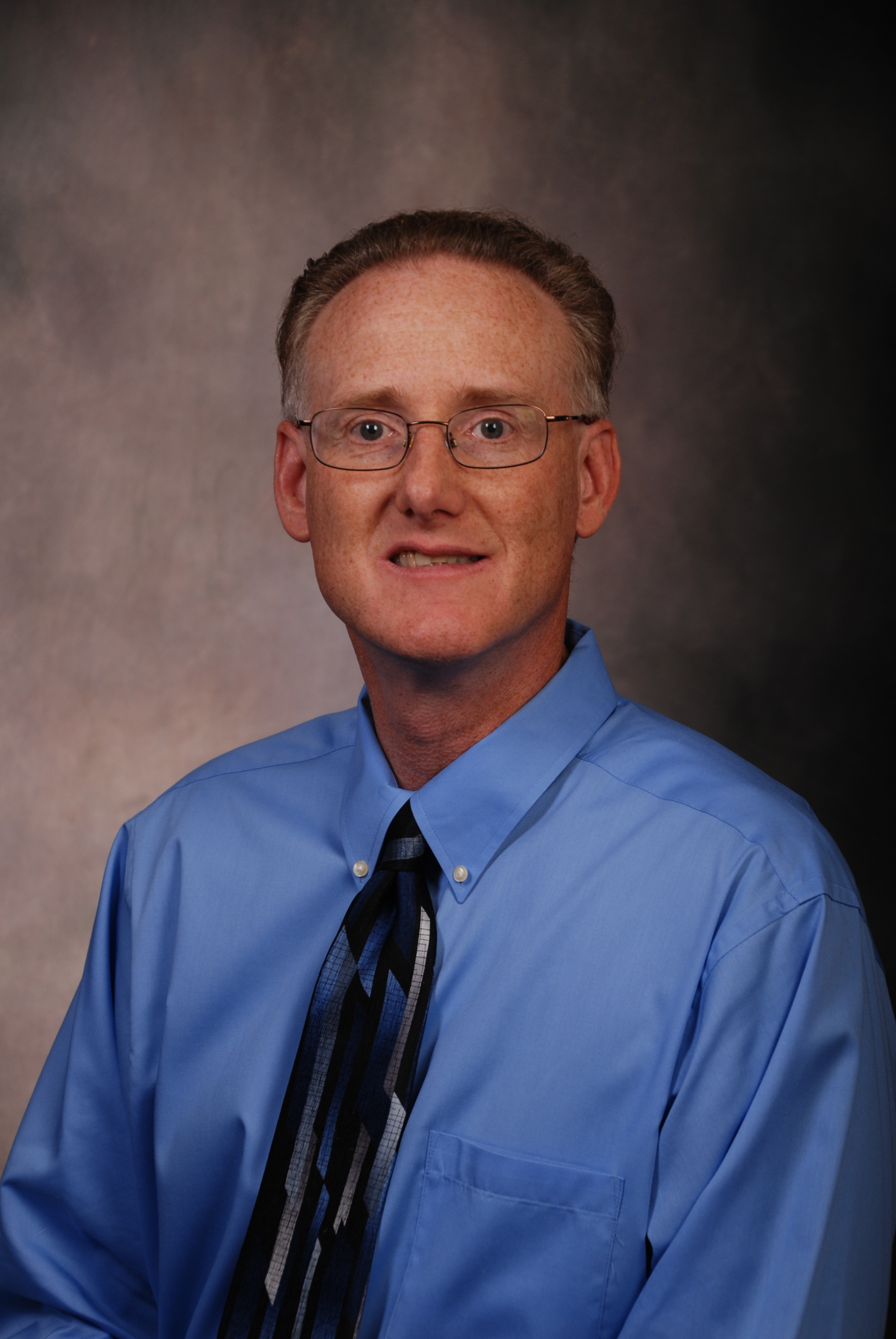
Richard Stowell
Associate Professor, Biological Systems Engineering
“Collaboration” is a central theme to the work of Dr. Richard “Rick” Stowell. Many of Rick’s projects involve multi-state and interdisciplinary teams that examine criteria for animal environments such as comfort conditions, air quality, emissions, and odor. To solve many of the issues or controversies surrounding animal environments, collaboration is key to bringing together stakeholders and researchers.
Rick is involved with many extension education projects in and beyond the Midwest. He has worked with colleagues in SD, MN, and IA to conduct ventilation workshops using a mobile teaching lab. Rick provides leadership for the Livestock & Poultry Environmental Learning Center, a national network that addresses environmental issues surrounding animal agriculture. The network has an educational focus and has received several USDA NIFA grants for its creative collaboration efforts bringing together stakeholders with extension educators.
Rick collaborates with faculty in the Animal Science Department on measuring gas emissions from and heat production of cattle. Rick equipped two full-scale rooms in a facility at the Eastern Nebraska Research and Extension Center for monitoring greenhouse gasses and assists in graduate research using headbox chambers for cattle, located in the Animal Science Complex on East Campus. This project combines Rick’s interest in environmental conditions for the cattle with animal care techniques from Animal Science.
Collaboration is also how Rick approaches delivering educational materials to stakeholders. Much of the research and education in livestock emissions and odors occurs in a controversial setting due to the pressures of government regulation and the need for more sustainable practices while maintaining the independence and profitability of livestock productions for stakeholders.
For example, odor from livestock operations is complex and cannot be measured using instruments designed to measure specific gases, which makes defining what is odor and what constitutes annoying odor levels challenging. Instead, Rick and his teams focus on educating stakeholders on available technologies and creating tools that will help them accomplish their sometimes seemingly incompatible livestock production goals and sustainability goals. One such technology is the Nebraska Odor Footprint Tool (NOFT), which was created by a team of faculty and graduate students in BSE. The NOFT indicates levels of odor risk around livestock sites and how available odor control technologies are expected to affect these odor footprints.
Collaboration also takes place in engagement with stakeholders and policy makers. Rick feels that science sometimes gets left off the table when policy decisions are made or actions take place in the field. Policy often is reactive. Rick sees part of his job is to make a place for science in policy and practice, and to bring a more proactive approach to issues involving animal environments.
Rick and his team members have found through extension education events that often the way to connect with stakeholders and bring about effective practice change is to engage stakeholders on topics in which they are already interested or are trying to address. Rick and fellow educators often find the door opens to discuss important research and education topics. Working with people with differing opinions requires collaborating through different means.